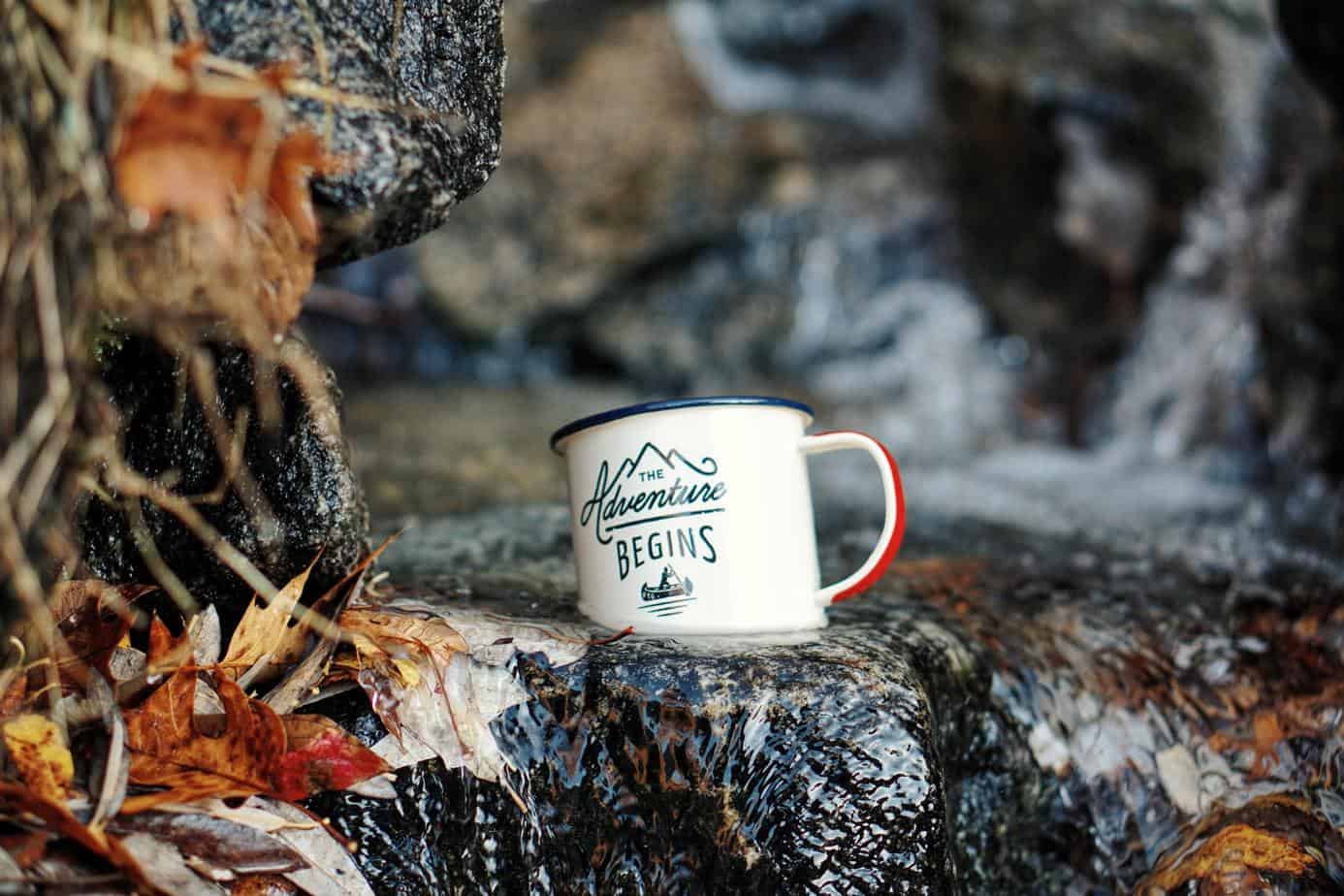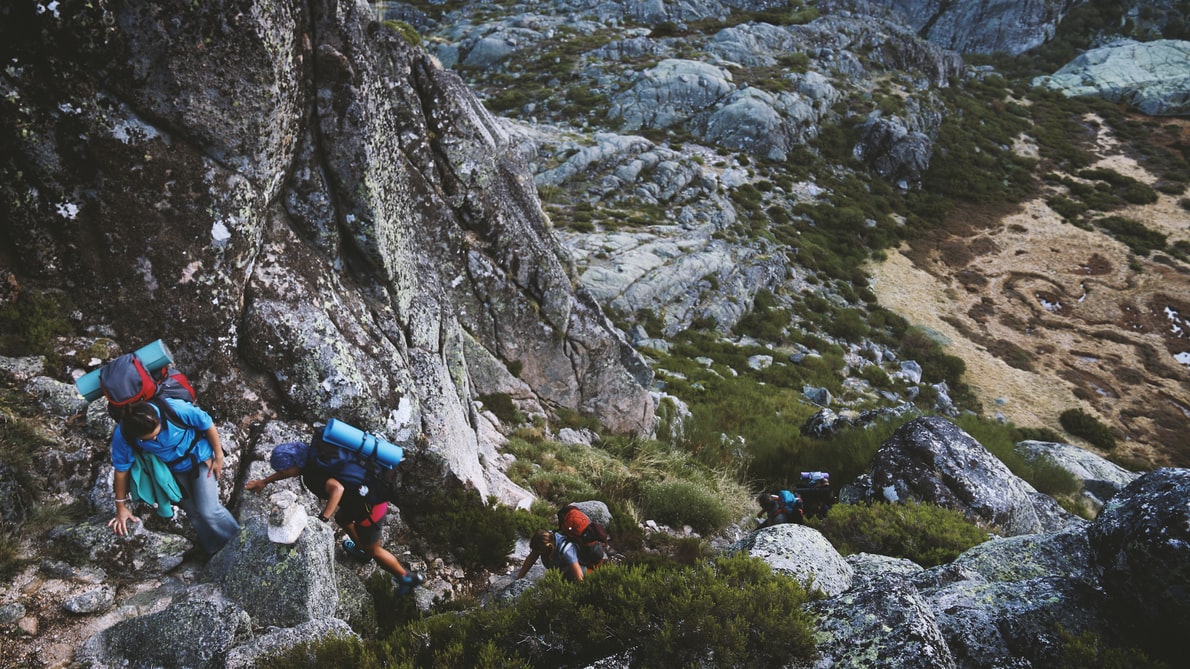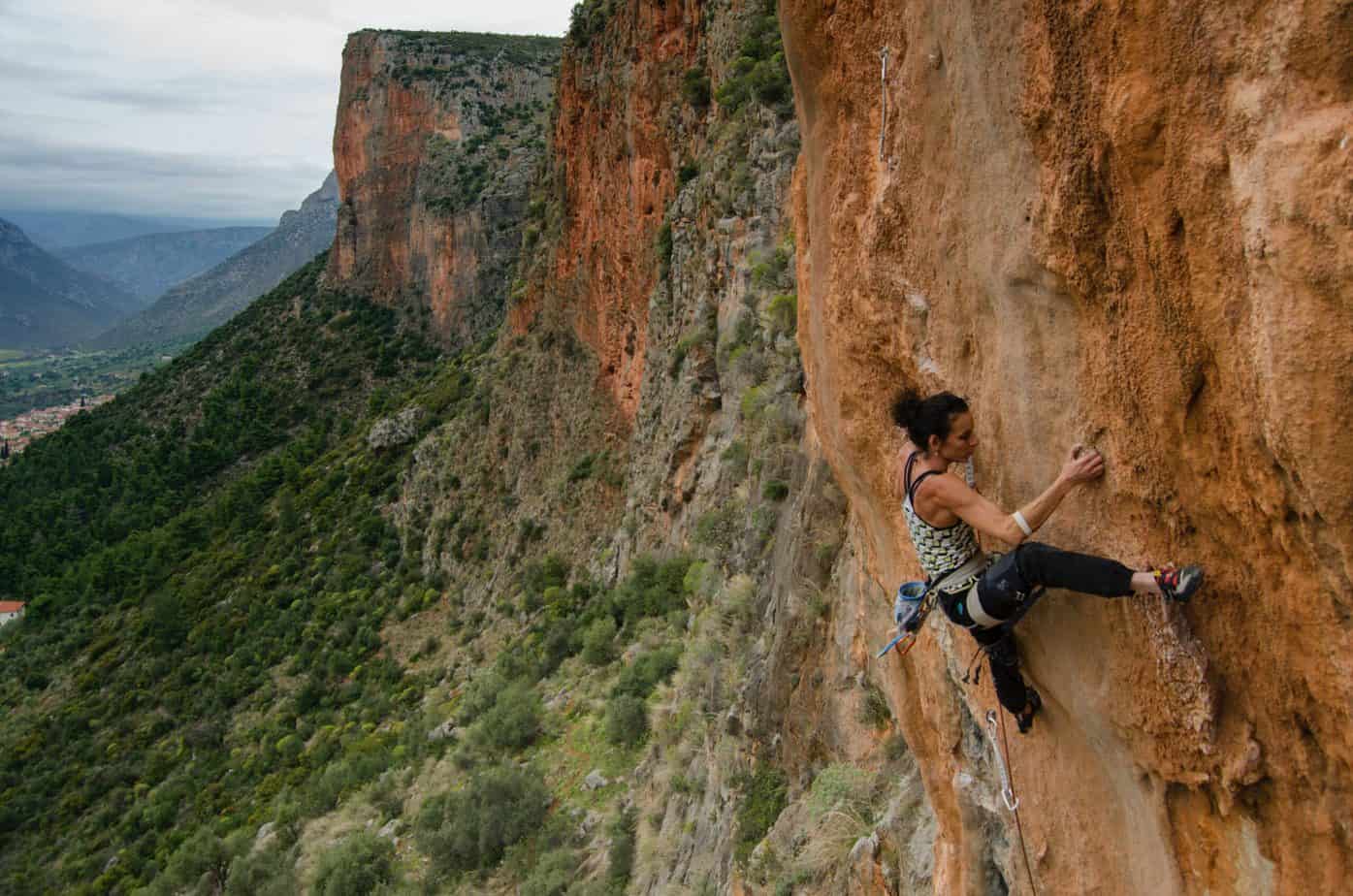Content marketing may be the secret sauce to booking more adventure tours.
You’ve probably heard the expression, “Content is king.” Bill Gates once said that in a post published on Microsoft’s website back in 1996. In his micro-essay, Bill describes that information can be posted online anywhere at any time, usually for free, which makes it such a great tool to use in growing your business.
Surely, no one would have been able to predict how we’d consume content in 2021, but here we are. We may not have completely written off traditional marketing, but digital marketing for professional adventure guiding services will be a key component of growing your business now.
Table of Contents
Advantage #1 of Content Marketing: Build Trust With Your Target Audience
Advantage #2 of Content Marketing: Cost-Effective
Advantage #3 of Content Marketing: Shareable
Advantage #4 of Content Marketing: Compounding Returns
As an outdoor guide, creating, publishing, and distributing content will not only spread the word about your guiding business, but you’ll also end up booking more reservations — usually, less of the cost of paid search advertising, for instance.
With an already tight budget, small outdoor guiding businesses will benefit from content marketing because a lot of what you do is content-worthy. In other words, people want to see and feel what it’s like to paddle through whitewater or hike a 14er. Adventure guiding businesses really have an advantage because of this, but not all businesses are taking advantage of content marketing.
What’s Content Marketing?
Content marketing isn’t just writing and publishing blogs about your latest adventures with your guests (although it’d be nice if it was that easy). Content marketing is a strategy that entails creating and publishing focused content across platforms to connect with target audiences (new and current) to drive traffic to your website.
So what does that mean? Create stuff that you think your guests will want to see, read, and watch. Then post it in places where you think your guests are. But most importantly, you can’t just write any old content. It needs to be effective.
Content Marketing Vs Inbound Marketing
It’s a means to an end. You can’t market without content. HubSpot surveyed users across their platform as well as across Eloqua, Marketo, Pardot, etc.. and found that marketing professionals believe that content marketing is a subset of inbound marketing. In other words, content marketing is another aspect of inbound marketing.
So, if you want to get more people to sign up for your outdoor adventure, you’ll want to implement some sort of content marketing strategy on top of what you’re already doing in terms of marketing.
Content marketing is capturing your audience’s attention by distributing it where your customers are and keeping their attention with the content you’ve created. Inbound marketing is the umbrella under which content marketing sits. To attract your customers in the right place at the right time (inbound marketing), you’ll need something that grabs their attention (content marketing) and draws them in.
Content Marketing Examples
Written Content
Written content encompasses blogs, articles, white papers, e-books, and other forms of content people can read. Many people use blogs or guest blogging to promote their brand and raise brand awareness.
Online multimedia content
Multimedia is various forms of media that inform, entertain, or educate an audience. For example, there are videos, infographics, and podcasts.
Social media content
This can include written content, videos, infographics, etc. and you can take advantage of Facebook, Twitter, Instagram, YouTube, to raise brand awareness.
Qualities of Effective Content
John Bottom with the Content Marketing Institute offers four key qualities of effective content (that is, content that produces the results you want).
The first quality of effective content is that it’s compelling. That is, you pull in the reader (usually by a great blog title or headline) and write in a way that they’ll keep reading.
Now that you’ve set expectations, you have to fulfill what your title/headline suggests. Also, if it fulfills the reader’s/viewer’s expectations, they’re more likely to share it with their network.
Third, content should be convenient. It should be easy to consume (i.e. proper layout on webpage). If you’re describing how your business keeps safety in mind as you raft down the Colorado River, it’d be beneficial to not only write about your safety precautions, but also have a video and/or pictures that demonstrate your safety measures.
The fourth element of effective content is making it efficient. While writing blog posts don’t necessarily cost money, it does cost time. The same goes for creating videos. Creating quality content takes a lot of time, which guides are already hard-pressed to find. One way to make your content efficient is to repurpose it in different forms.
For example, if you made a video demonstrating your safety measures during whitewater rafting tours, you could turn this into a blog. You could also take stills from the video and post them on Instagram. You could even slice up the video and post parts of it on YouTube.
Advantage #1 of Content Marketing: Build Trust With Your Target Audience
Use Quality Content To Educate Your Guests
When you publish content that entertains, informs, and/or educates your guests, you build trust with people who learn about you.
Posting helpful tips for beginning whitewater rafters, for example, establishes credibility for your business and positions you and your guides as an industry expert. This in turn, builds stronger relationships between you and your guests who will eventually share the information they’re learning from you with their network.
Plus, it differentiates you from other outdoor guiding companies.
It’s a creative way to show your customers how you’ll solve their problems. I.e. – they want to go rock climbing but they don’t know how. By hiring your rock climbing company, you’ll solve their problems. Prove that you can do this by creating content.
How To Implement This
To start, think of frequently asked questions you and your guides get from guests. This could be:
- When is the best time to go whitewater rafting?
- What should I wear when I go whitewater rafting?
- How to prepare for whitewater rafting?
- Where to go whitewater rafting?
Then determine the best format to answer these questions. Do you get a lot of website visitors? Then creating a blog with the answers will do well. Do you have a big following on Instagram? It’s likely that captivating photos with short captions will be better. It could even mean creating a YouTube account and posting videos on there.
Advantage #2 of Content Marketing: Cost-Effective
As we’ve explained previously in our post, An Introduction to Tourism SEO For Outdoor Guides, is a free, long-term approach to driving more visits to your website from potential customers. Utilizing search engine optimization (SEO), you can build your site’s authority and show up higher in search engine results.
Using SEO tactics in your content will eventually get your more website visitors without the costs of paid display advertising. This means writing blog posts using search terms your potential guests are using when searching on Google for something.
When someone types in Google, “whitewater rafting in Colorado,” you want your rafting guiding service to come up on the first page. The reason why this is cost-effective is that as long as your content exists (i.e. – your blog’s posted on your website), you still have the opportunity to show up in Google’s results.
With paid search, you only show up in results when you’re paying.
How To Implement This
Learn the basics of SEO and start to implement what you learn in your blogs, copy on your website, and tags you use on YouTube for videos you post.
First, come up with a list of keywords you think your guests are using to find your services.
Then, brainstorm blogs, videos, and social media posts you can create around those keywords. Start posting and sharing your posts.
Advantage #3 of Content Marketing: Shareable
Quality content is shareable, unlike paid search advertising, which isn’t. So make quality content people want to share with their own networks.
Again, think about your guests and the kind of stuff they share on their own networks. Think about what you share with your friends and family and on social media. We usually like to share articles, videos, and pictures that make us look good, funny, and educated.
By creating content your customers will share, this builds brand awareness (more people sharing your videos and posts means more people will become aware of your business) and brings more people to your website.
How To Implement This
Do some research and find where your customers hangout. Are they on Instagram? Facebook? YouTube? Reddit? Then see what they’re posting themselves. Are they posting action-packed whitewater rafting videos? Or is it more educational content that teaches people how to whitewater rafting safely?
Once you have a pretty good idea of what your guests will want to share, start creating that content and share it on your social media and online platforms.
Advantage #4 of Content Marketing: Compounding Returns
By creating a lot of great content, you’re adding value to your site. If you create “evergreen content” (content that’ll be relevant for years to come), more people will discover this piece of content and (hopefully) share it.
This compounds and gets your more traffic from SEO, etc. You don’t have to keep paying for traffic because it’ll grow organically.
How To Implement This
Follow the previous three tips in creating quality and shareable content. Experiment with what works and what doesn’t and keep doing what seems to work. Don’t be afraid of trying something new because it could just be the secret ingredient to getting more bookings.
Content Marketing Courses
If you want to learn more about content marketing, here are a few free courses that will teach you the basics to get you started:
HubSpot Academy: Content Marketing
HubSpot Academy’s Content Marketing course covers the content creation framework for producing effective content on a consistent basis and teaches you how to create content that search engines will love.
SEMRush Academy: Content Marketing and SEO Fundamentals with Eric Enge
This course has 8 sections that covers a content marketing plan, guest posting, types of content, and more.
SEMRush Academy: Content Marketing Fundamentals Course with Ashley Segura
Another effective course offered by SEMRush which describes how to research and audit for content purposes, as well as advanced tips in making your content more “linkable.”
Ahrefs Academy: Blogging For Business
Another shorter course covering the fundamentals of content marketing like “How to analyse the traffic potential and ranking difficulty of a keyword” and “How to find great content ideas with high business value.”
Coursera: The Strategy of Content Marketing
“You will learn how to develop, organize and implement a content marketing strategy, analyze and measure the effectiveness of content marketing, write compelling copy, use a strategic framework when writing, and build your professional brand and authority through content marketing. You will also learn how to put the ideas presented to you into action and build your own personal brand through content marketing.” The course is free but if you want a certificate of completion, it’ll cost you $49.00
This post is part of our Digital Marketing Series:
Intro To Digital Marketing For Professional Adventure Guiding Services
Why The Stages Of The Buyer’s Journey Matter For Adventure Tourism
An Introduction to Tourism SEO For Outdoor Guides
Is Paid Search Worth It For Adventure Tour Guides?
Is Display Advertising Useful For Your Adventure Guiding Company?
4 Advantages Of Content Marketing For Adventure Guides
Can Social Media Marketing Help Grow Your Adventure Guiding Business?
Or download our free Digital Marketing Ebook created specifically for outdoor guides.








